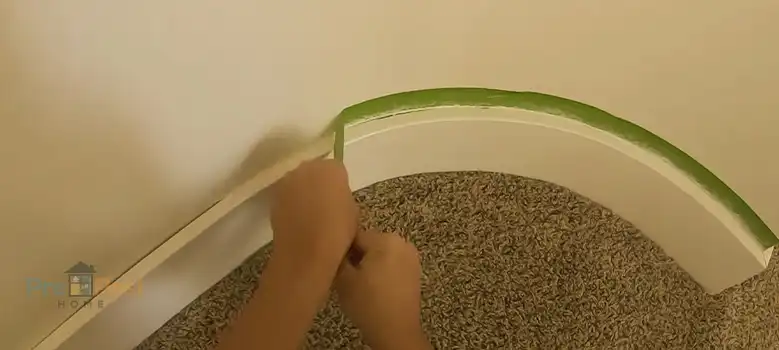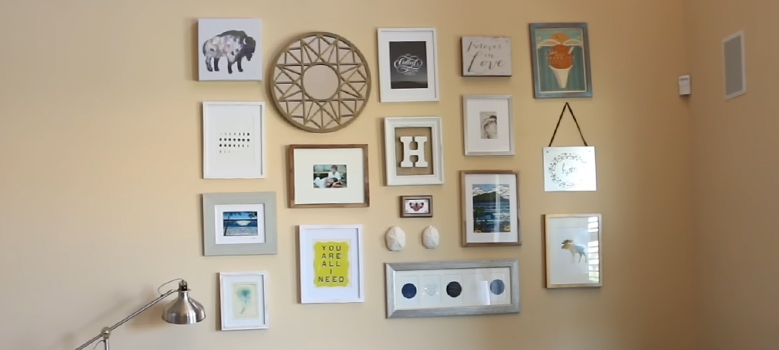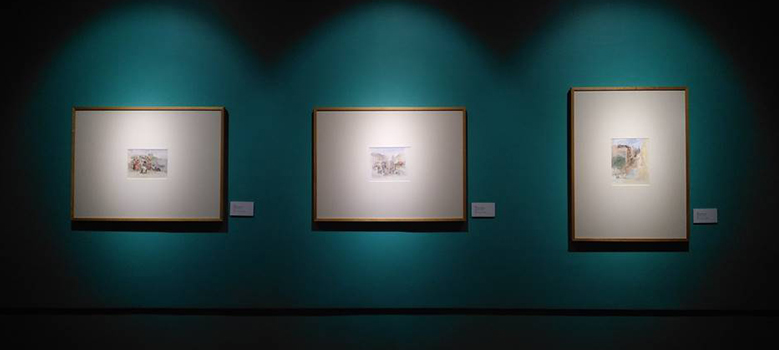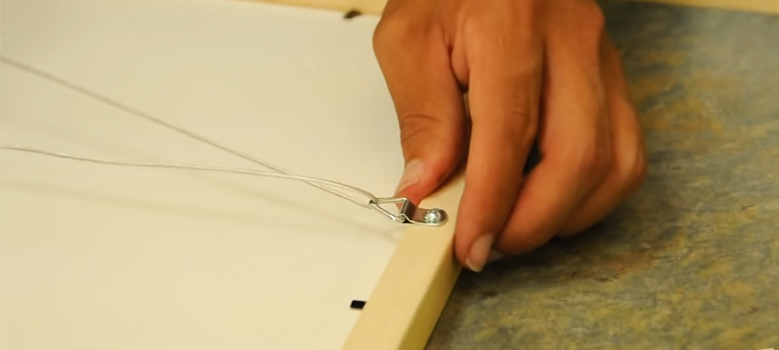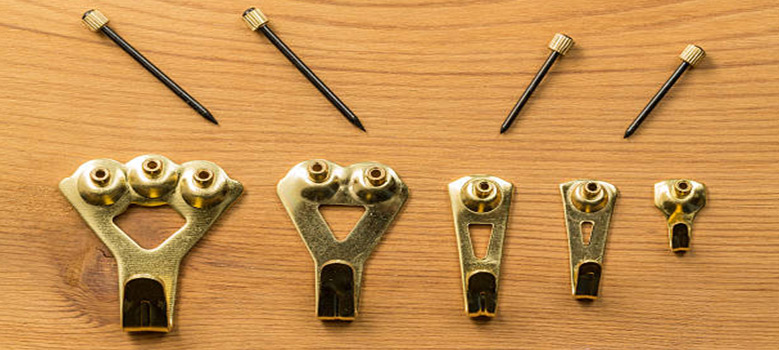Scribing is the process of transferring the profile or contours of a skirting board, ceiling coving, or wall onto a panel. Scribing gives a visually seamless junction between the panel. For a curved wall, scribing provides an end panel fitting. Again, scribing ensures a snug fit.
Not only these matters, but scribes are essential for the developers and protectors also. In ancient cultures, scribing is very necessary. Scribing copies existing text and preserves them for future generations. Future generations can also edit the works and write new texts for the ancient civilization.
If you want to scribe your curved wall and cannot understand what you should do to get the perfect result, then this is the best place. I will share with you how to scribe a curved wall.
The Best Way to Scribe a Curved Wall
There are some differences between scribing a plain wall and a curved wall. You have to create a template using a sheet of hardboard or a stiff card. You can create a template by using corrugated cardboard also. There is no need to make the cardboard template at the same height as the panel you want to fit. But try to make the cardboard panel as long as the same width so that it can copy the angle or curve’s extent that the panel is required to be fitted against.
Make sure that the cardboard template is deep enough that you can set it against the vertical portion of your back wall with a reasonable depth when placing it against the wall. You should mark a corresponding point on the cardboard and a datum point on your wall so that you can match these two when you want to replace or remove the templates.
However, you have to roughly sketch the angle or curve of the ceiling onto the top side of your cardboard template. Then cut the cardboard to shape with a pair of scissors. After that, you have to offer the rough cardboard template up to your wall surface. But remember that if the two datum marks match with each other.
Then take a small help from another person to hold the rough cardboard template in place. Moreover, you must use one of the scribing ways above to transfer the angle or curve of your ceiling onto the cardboard.
After that, you can get an accurate guide to cutting the cardboard template from the resultant line. Once cut, then, you have to check the cardboard template again for accuracy by offering it up to your wall. If you need any minor adjustments, then you have to mark them with the help of a pencil. Then trim the maladjustment away with your scissors.
In short, to get a scribed curvy wall, you have to keep the compass points perpendicular to your wall’s surface. Then it is time to trace the curve with the compass point when you want to transfer the curve’s line to the board with a pencil. After that, cut the marked point. Now repeat the tweaking process until you get a perfect pattern with a tight fit.
Cautions
If you have cut too much of the cardboard template off in a certain section, then you can use masking tape to include the section back. You also can trim to the proper profile by using tape.
How Do You Copy a Curved Shape to a Wood?
Actually, it is a very easy process to copy a curve shape to a wood plank. If you want to copy the shape of a curve to wood, then you need to follow some steps. First, you need to find the center of the curve. When you have found the center of the curve, then it is time to place a piece of carbon paper underneath the curve.
In the next step, you have to trace over the curve with your pencil and cut out the curve. After that, it is time to make the curve smooth.
After making the curve smooth, you must make a pattern and place the pattern on your wood. Now, draw over the faint pencil line with the help of a sharpie. You should use a sander and drill a pilot hole. Then in the last step, see along your curve and clean up the edge with a file.
Frequently Asked Questions
How Do I Figure Out the Radius of a Curved Wall?
It is not so tough to figure out a radius of a curved wall. You need to calculate the radius of a curved wall according to the measurement of the wall. Suppose the arc of your wall is 180 degrees. Then, you have to measure the distance across the wall at the wall’s widest point. Then the task is to divide this distance by two to get the radius of your curved wall.
What Does It Mean a Corner Radius?
Simply a corner radius is a measurement. This measurement describes the curve in the corners of the labels. You can measure the corner radius in millimeters. It refers to the circle’s radius created when the curve is extended to create a full circle.
What Can I Do with the Term, Scribe Molding?
You can get the term scribe molding as a thin piece of finished trim for your cabinets. You can design the scribe molding to cover inconsistencies, raw edges, or any gaps. You can see these raw edges, inconsistencies, or gaps where the cabinets meet your ceiling.
What Can I Understand by the Term Scribe Stick?
A scribe stick is a tool that makes wood by scratching the wall’s surface visibly. You can use a wood scribe or a scribe stick to get an accurate scribing experience. But here, a making gauge is a more appropriate form of the wood scribe that you can use to mark the wood accurately for cutting. Moreover, you can use a making gauge for laying out tenon joints and mortise.
Conclusion
Scribing is a very simple and smart process with which you can fit your molding, countertops, cabinets, and anything else to the crooked walls. It is very easy to transfer a wavy profile or odd shapes of the walls to your workpiece with the help of a cheap compass fitted with a sharp pencil.
However, you can use a contour gauge by simply pressing your fingers against the shape when you hold the gauge at 90 degrees to the surface. Once your push it down tightly with your fingers, then you can lift the gauge. After that, you have to trace the shape.

